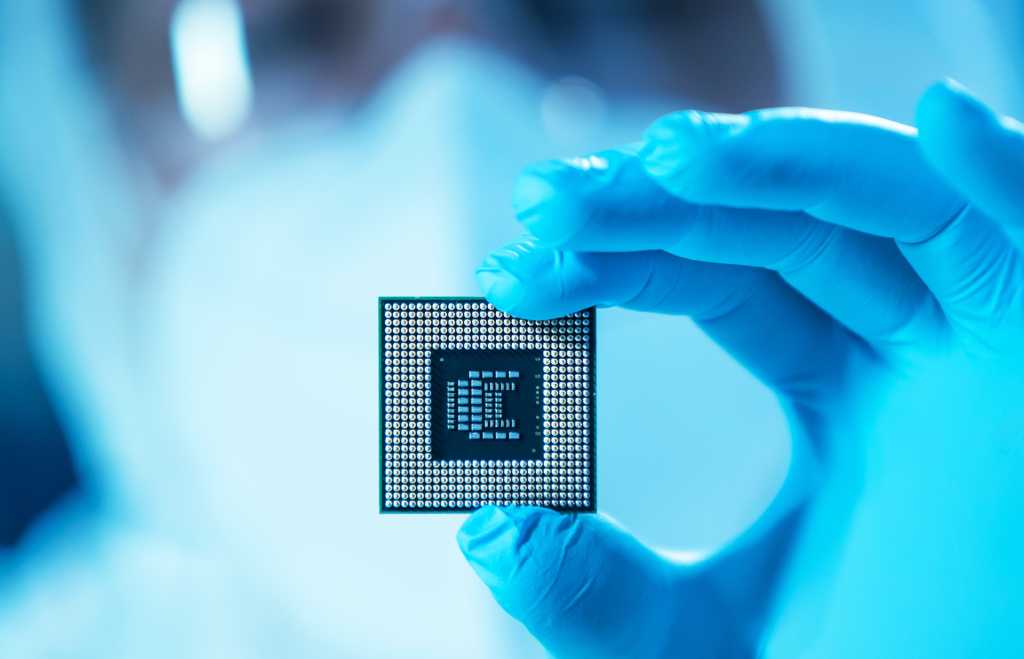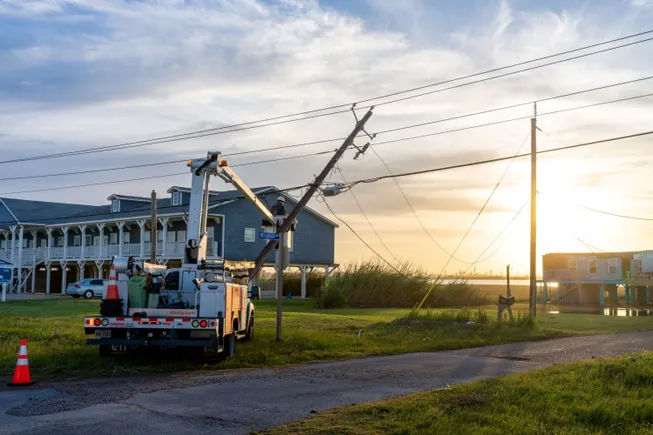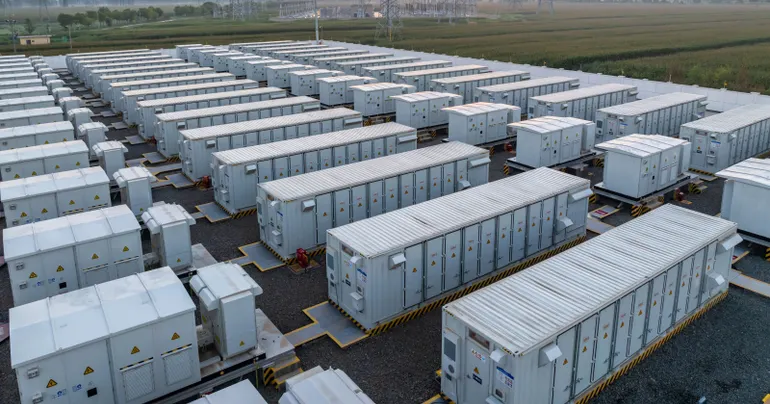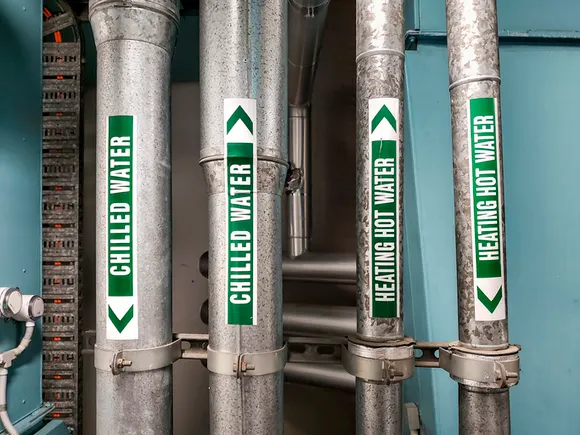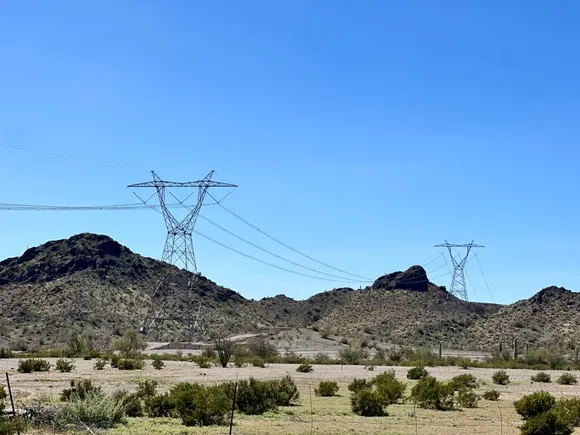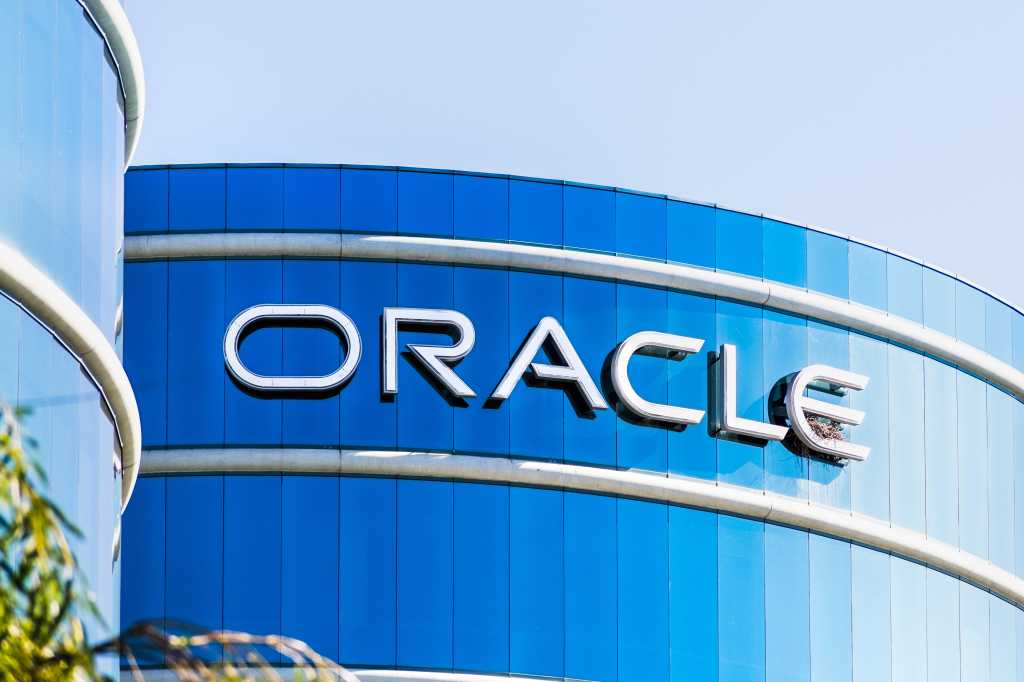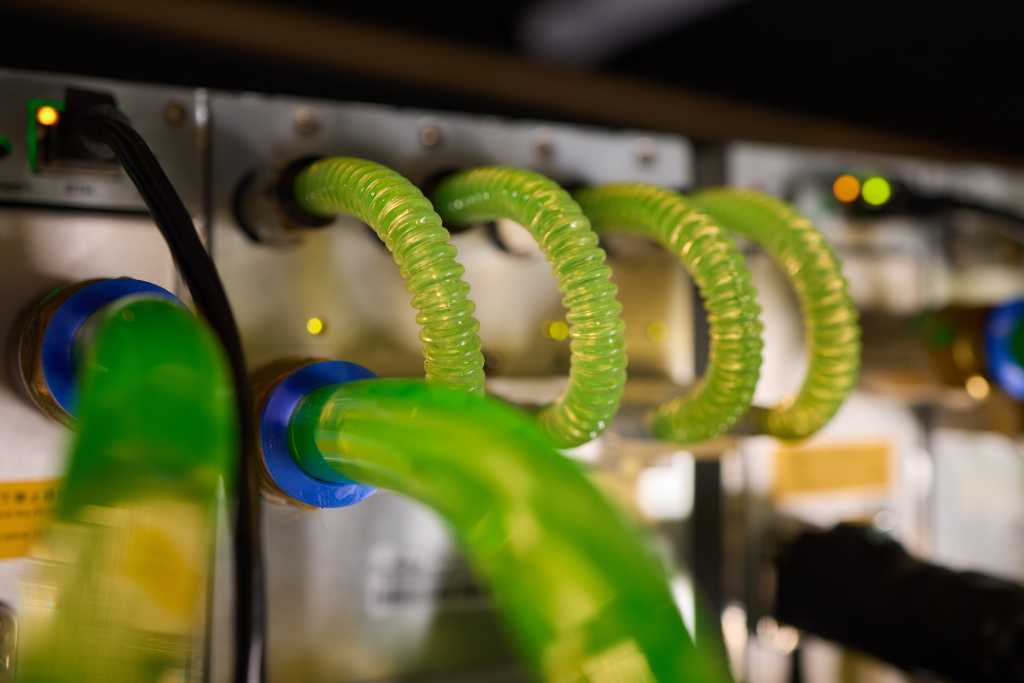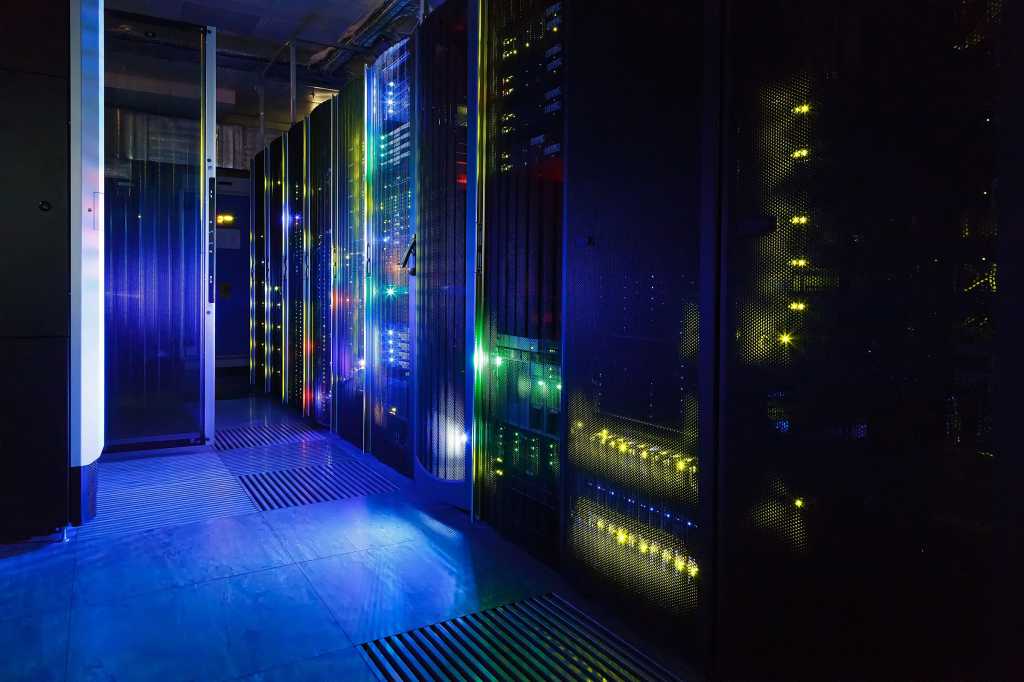Join our daily and weekly newsletters for the latest updates and exclusive content on industry-leading AI coverage. Learn More
Sony CEO Hiroki Totoki and Yasuhide Mizuno, CEO of Sony Honda Mobility announced that the Afeela electric vehicle car with PlayStation 5 features is ready for pre-registration.
There are two models coming in 2026, and the name the companies have for the versions are the Afeela 1 Origin ($89,900) and the Afeela 1 Signature ($102,900). They showed what the driver sees across the windshield, including the road view, the navigation path, and an overhead map view of the overall map area the car is traveling.

The Afeela 1 is near-final design of the Sony Honda Mobility venture to do an EV for 2026. It has one-tap AD/ADAS, intelligent driving. It has 800 TOPS of computing power. Afeela proactively talks to you with driving advice and uses Unreal Engine on the ADAS view, map and home UI.
You can preorder it now, Totoki and Mizuna said at the Sony press briefing at CES 2025.
Daily insights on business use cases with VB Daily
If you want to impress your boss, VB Daily has you covered. We give you the inside scoop on what companies are doing with generative AI, from regulatory shifts to practical deployments, so you can share insights for maximum ROI.
Read our Privacy Policy
Thanks for subscribing. Check out more VB newsletters here.
An error occured.



